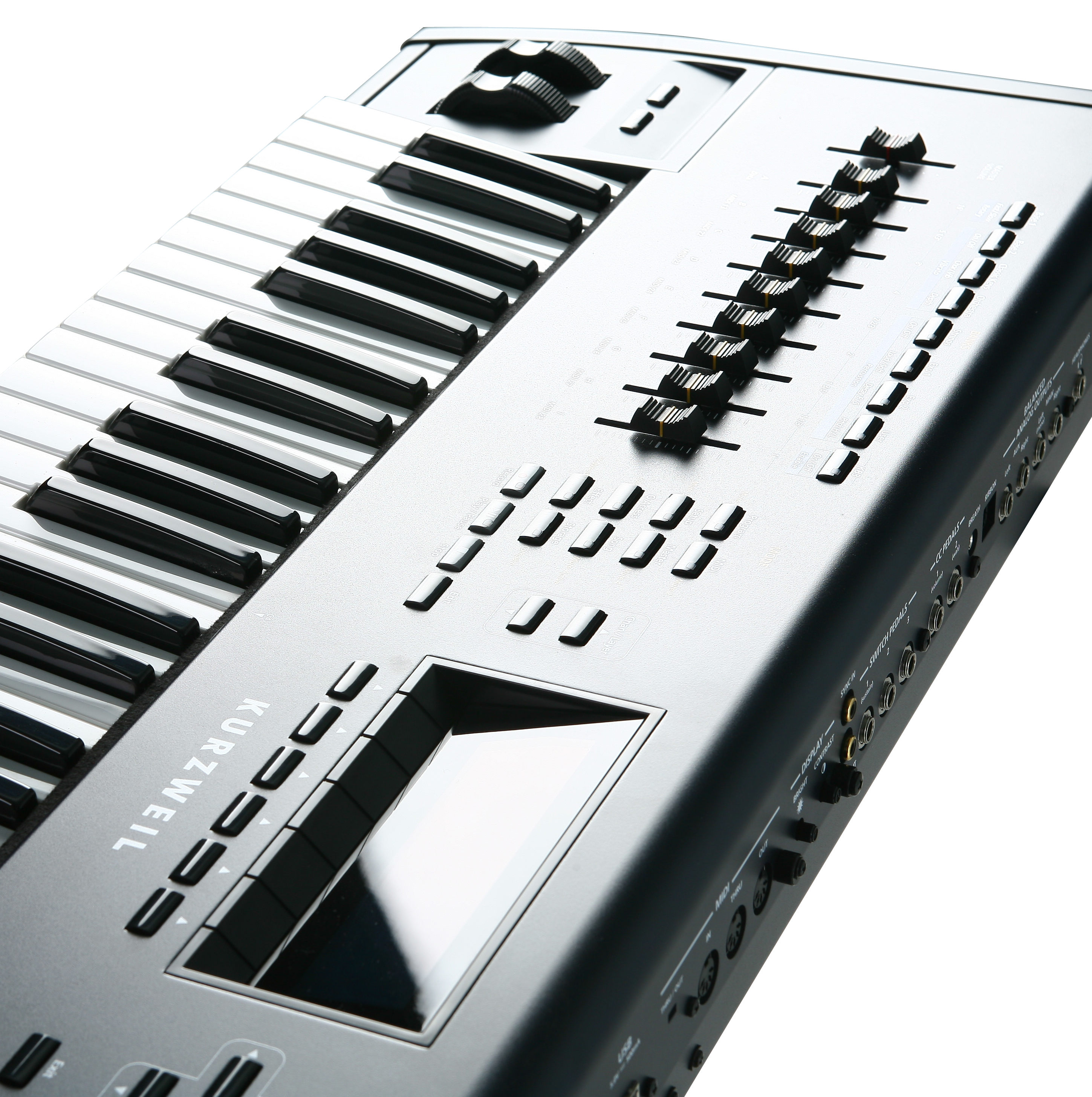
- #KURZWEIL PC2X LOW BATTERY DISPLAY SOFTWARE#
- #KURZWEIL PC2X LOW BATTERY DISPLAY PC#
- #KURZWEIL PC2X LOW BATTERY DISPLAY SERIES#
Which you could see in the first picture if the flash hadn’t gone off. I used flush cutters to snip the two leads on the existing panel, tinned the little copper tabs on the replacement, and soldered it in as quickly as I could to avoid melting the covering. Here’s the actual LCD panel with the LCD removed from the circuit board and the EL panel visible, and the replacement EL panel. Sorry about the odd colors – it’s a new camera & I haven’t figured out all the settings yet. This is the panel board which contains the LCD display. There is a lithium backup battery, but it’s very intelligently mounted on the power supply PCB instead of, say, the middle of the programmer board (yes, Korg, I’m looking at you). It’s big, well-made, solid, and logical.įrom left to right, the processor board, the keyboard logic board, and the power supply. There are a number of approaches to this, but since I found a guy on Ebay selling replacement EL panels for $25, I went the easy route. The only defect at all – which I didn’t even notice until I was reading up on the unit – was the backlight was bad.Īlthough it’s not really a big deal, my eyes aren’t all that great anymore. But in this case, I got the K1000, the stand, both original pedals, a copy of the manual, and the power cord, for that same $100. Although I have a lot of equipment, my cheap nature (or thriftiness) means that most of the things I buy have something wrong with them. I have an absolute limit of $100 on any single piece of kit. And about twelve seconds after one was listed a few weeks ago, I got it. Which only makes sense as they’re made of things like real metal and weigh a ton. They would show up on Ebay from time to time, usually for a couple of hundred dollars but always with outrageously high shipping.
#KURZWEIL PC2X LOW BATTERY DISPLAY SERIES#
Although the K2000 series and beyond are firmly established as classic high-end high-power machines, the K1000 series faded quickly.

As I recall I sold at least two other complete systems, and each time the K1000 was carefully and thoroughly tested for as long as I could possibly justify it.įlash forward to, well, now. Loved the keyboard action, loved the look, and loved the sounds.

If I could never actually own one, at least I could visit with it for a while.Īnd visit I did – I loved it.

Given a (literal) blank check, I went to Sam Ash in Edison and picked out the Kurzweil K1000 as a controller. The customer wanted a really good keyboard – he didn’t like the dinky piano we were using (well, neither did I). I did cheat, a little – in addition to the computer, I also had a Casio CZ-101 doing the guitar parts. Those were the days…they sold a $3500 computer with a $500 sound card, based on my dubious selling skills and a badly programmed version of the Miami Vice theme. So when they finally had someone who was interested in purchasing a complete setup, naturally they had me do the demo. Since I’ve been interested in electronic music forever, and since no one else in the store had a clue what to do with it, I talked the owner into letting me take the system home occasionally.
#KURZWEIL PC2X LOW BATTERY DISPLAY SOFTWARE#
They had actually had a system set up with the Music Feature, a Yamaha YPR-9 piano, and whatever the heck the software was that ran the card (I know it WASN’T Play/Rec beyond that I don’t have a clue). Around this time I was working as a hardware tech in a computer store in New Jersey. Retailing for about $495, it was essentially Yamaha’s 4-operator FB-01 FM synthesizer on a card, coupled with a MIDI interface.

#KURZWEIL PC2X LOW BATTERY DISPLAY PC#
In 1987 when IBM introduced their new PS/2 computer lineup, mixed in with all the fancy new machines was a nondescript add-on card called the IBM PC Music Feature.


 0 kommentar(er)
0 kommentar(er)
